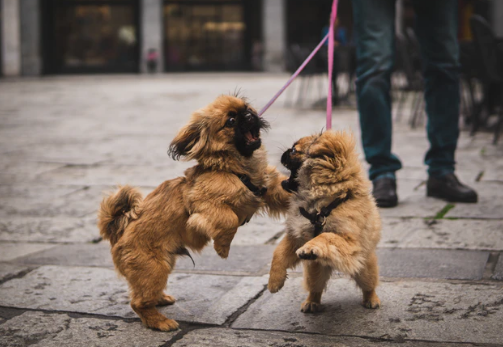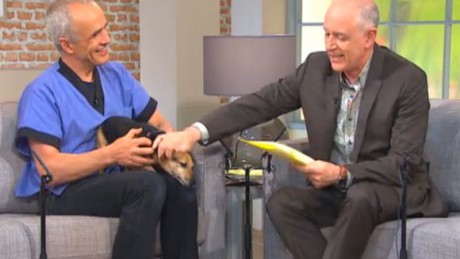
Walking your dog has many benefits. It’s a fabulous way to get in shape while spending time with your furry friend. It is also an excellent opportunity to spend some time outside and connect with nature.
Dog walking is all about bonding and enjoying the time spent with your beloved pet, or so it should be. However, over recent years, we’re seeing an increase in injuries related to dog walking. Jama Surgery conducted a comprehensive study and found an incredible rise in dog walking injuries among older people. In 13 years, the number of senior citizens who have suffered some injury while walking a dog has gone up by 150%.
The study used information from the database of the National Electronic Injury Surveillance System. The said database collects information about people who have suffered activity or product-related injuries, and have gone to an emergency hospital because of it. Researchers thoroughly checked the database for evidence of being hurt while dog walking and counted the injuries. Emergency hospitals from across the USA were included, from 2004 to 2017. While the increase doesn’t happen in each year of the 13 years they checked, there is a noticeable overall rising trend in dog walking injuries. Research says over 78% of the injured people have been women.
According to the study, the hip is the most commonly injured body part, and it is also where most fractures occur. The wrist and the upper arm are also very commonly hurt. Over a quarter of injuries related to dog walking in this period have been severe enough to require a hospital stay. The study didn’t take into account some details like the circumstances in which the injuries have occurred. Also, it focused only on older adults, so there’s no information about younger people’s injuries.

How to Safely Walk Your Dog
If you aren’t a fan of shoulder injuries while walking your dog, or hip and upper arm fractures, you should make sure you do everything right. Pay attention to the following tips for a safe, enjoyable time out with your furry buddy:
- Use the right leash: It’s essential to use the correct lead. If it is too long, your dog will lose any sense of discipline while walking. If the leash is too short, the dog will keep pulling because it will always lack personal space. Retractable leashes are a great way to start if you’re handling a smaller dog. Also, never wrap the leash around your wrist or your hand.
- Know what you can handle: If your dog weighs more than you do, you might easily become a sled at any given moment. You should always make sure that the dog matches your physique. If a large dog or a couple of dogs are too much for you to handle, make peace with that fact, and get some help while walking your pet(s).
- Always pay attention: Try not to have your eyes glued to your phone while walking your dog. If you aren’t paying attention to the animal, you’ll have no way of knowing what’s going on with them. Many injuries occur because the owner trips over the dog as a result of not paying attention.
- Be ready to brace yourself in certain situations: There are situations where sudden movement may occur, and you should be able to recognize those situations. For example, many dogs get overly excited at the sight of another dog, and they will most likely pull hard toward the other animal. Be ready to stay put, hold the leash tight, and brace yourself for some pulling.

How to Train Your Dog to Walk on a Leash
Training a dog to walk on the lead should happen at puppy age. Puppies learn faster than adult dogs, and they are much easier to train. It doesn’t mean an adult dog can’t learn how to walk like a gentleman or a lady – they just need more time.
Start by standing still when you go out with the dog. Allow the animal to stretch the lead to its full length, but don’t follow him. Remain still and quiet instead. If the dog ignores you and keeps pulling – stay firmly still. As soon as he pays attention to you and comes closer to you, reward him with his favorite treat. Once you have the dog’s attention, you should start moving and encouraging him with your voice to stay close to you. If the lead remains loose, reward him. If he starts pulling and tightens the leash, stop walking immediately, and stand still. Don’t move until you have his attention again. Reward the dog and start walking again as soon as he comes back closer to you.
Do this every time the dog starts pulling and tightens the leash. Also, always reward the dog when it comes back to you. Dogs tend to pull hard when something grabs their attention, so you should try to teach them that pulling doesn’t get them what they want. Pick the dog’s favorite toy and put it on the ground. Once the dog starts pulling toward the toy, stop and start calling it to come back to you. If it does that, let them have the toy. If it doesn’t, don’t allow him to reach the toy.
With this training, the dog realizes that pulling slows everything down. Once it learns that, the days of struggle will be far behind you.



Please note that I am unable to answer veterinary questions in comments. If you have questions or concerns about your pet's health it is always better to contact your vet.